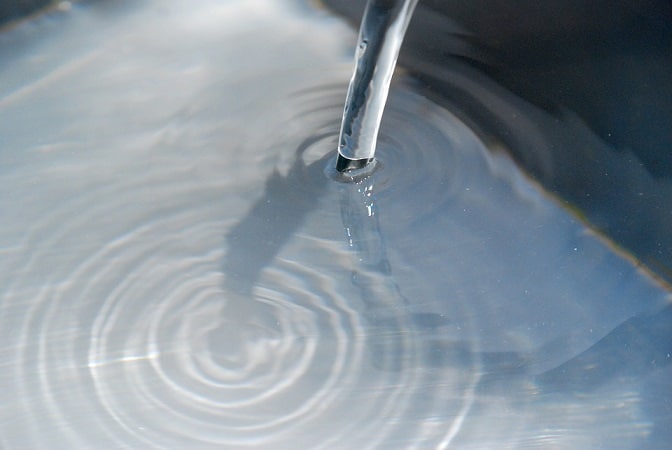New Zealand has had its fair share of drinking water problems, such as the outbreak of E coli in the water supply in Walkerton, Ontario in 2000, when seven people died, and the campylobacterosis outbreak in Havelock North in August last year which affected many people.
Dr Steve Hrudey, an Emeritus Professor from the University of Alberta, who has studied the outbreak of water-related problems in New Zealand recently visited the country to attend the Water New Zealand Conference in Hamilton, and expressed his consternation at the fact that not all New Zealand drinking water is treated to avoid the risk of illness.
Dr Hrudey said water from the ground must be treated because nature does not do the job, and said that the concept of secure groundwater was a “huge problem.”
Speaking about the campylobacterosis outbreak in Havelock, Hrudey said:
“It was a shallow well, 11m is not deep. There’s ample evidence that there was contamination from time to time. There was a campylobacter back in 1998, so those are a lot of warning signals.”
He added that for there to have been a major outbreak in 2016 suggested things were not working as well as they should. The secure groundwater concept is that water can be taken from the ground and delivered to consumers sans any treatment, because somehow nature took care of it. In Havelock North, however, the pathogens came from sheep and that was all natural and made people sick.
Dr Hrudey said people in countries like New Zealand and Canada, which had an abundance of water, took treatment for granted, and compared the use of untreated water supplies to a roll of the dice.
“It is not a question of if somebody will get sick, but a question of when and how many. If nothing changes, it will happen again,” he said.
Dr Hrudey went on to say that if tourists were going to be invited, the country needed to be truthful about the safety of the water, and that if water was not treated to international standards, people needed to be told.
Get bottled water coolers and mains water coolers from Living-Water.






